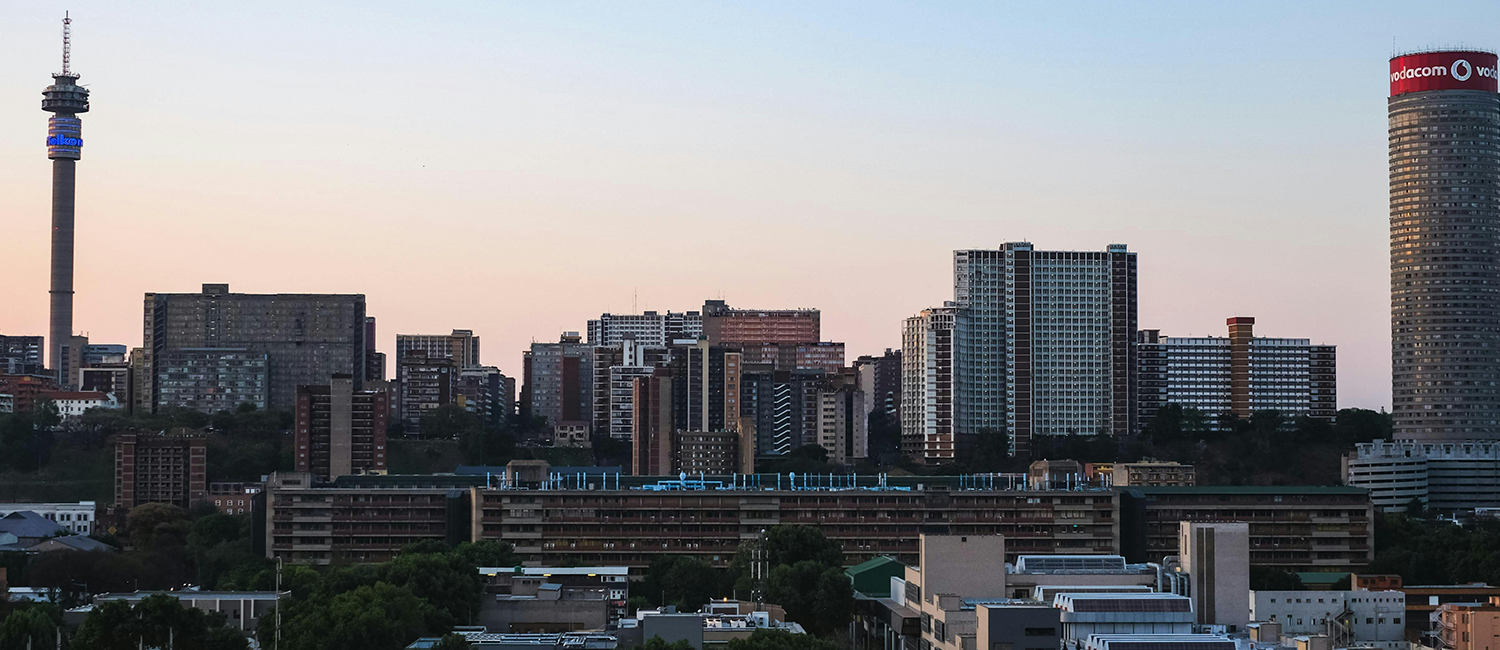VILAKAZI Street in Soweto is well-known for its rich history, particularly for its place in the struggle against apartheid. Given this, it is one of the main tourist attractions in Joburg, and the country.
In the past, its stories were narrated by tour guides and historians; but now, its history is written all over the street for anybody who is interested.
The records are in various art forms, including a sign language sculpture that greets visitors at the entrance of the street, and a photograph and video exhibition at Uncle Tom’s Hall. Not only do the different media tell the stories of famous struggle heroes, but they also tell of the experiences of ordinary residents.
The Vilakazi Street Oral Exhibition was officially opened on 2 April by the member of the Joburg mayoral committee for development planning and urban management, Roslynn Greeff, who was acting mayor for the day.
New street lighting has been installed; pavements have been paved and landscaped; and street furniture in the form of bollards, benches and dustbins have been added along the street. There are also commemorative artworks in keeping with the heritage of the area. The artworks tell the stories and underline the buzz of township life.
Vilakazi Street is the only street in the world where once two Nobel Peace Prize laureates lived. Today, Nelson Mandela’s house is a museum, while Archbishop Desmond Tutu still maintains his residence.
In front of Mandela House, as the former is now called, there is a sculpture of two bulls. The work is symbolic of the two influential leaders, who chose different routes to bring freedom from apartheid.
Continuing down the street, there are a number of bollards and boards explaining the history of particular spots. One board, for example, reads: “To hell with Afrikaans”. It is a placard that was made by a learner during the 1976 Student Uprising against being taught in Afrikaans.
At Uncle Tom’s Hall, just behind the Hector Pieterson Museum, there is a photo and video exhibition telling the story of ordinary Sowetans. It shows residents going on about their daily activities. It also shows the Soweto of the past and the Soweto of the present. The photographs were taken by Sakhile Mthabela, who also lives on Vilakazi Street.
According to Dr Noor Nieftagodien from the Wits History Workshop, the exhibition is more about telling the stories of the people in their own words. He explained that the workshop had spent the last 18 months recording these aspects.
“We had to scratch beneath the surface of the history that we have been told to get to the social history of how people built their houses, their education systems and, lately, nightspots.”
Through this project the workshop has accumulated a fantastic archive of video interviews and pictures, which will be published as a book early next year.
Wits History Workshop was appointed by the Johannesburg Development Agency to help record the community’s history.
Greeff explained that the revitalisation of the street was of great importance not only for the general economy of Joburg but for the community of Soweto as whole. The street “has also become a place where visitors, both local and international, experiences in this place lead to a lifelong relationship with Soweto, its vibrant spirit and its role in the struggle”.
Vilakazi Street is close to cluster tourism attractions and heritage sites, including the Hector Pieterson Museum, which to a great extent has become synonymous with the 1976 Student Uprising.

